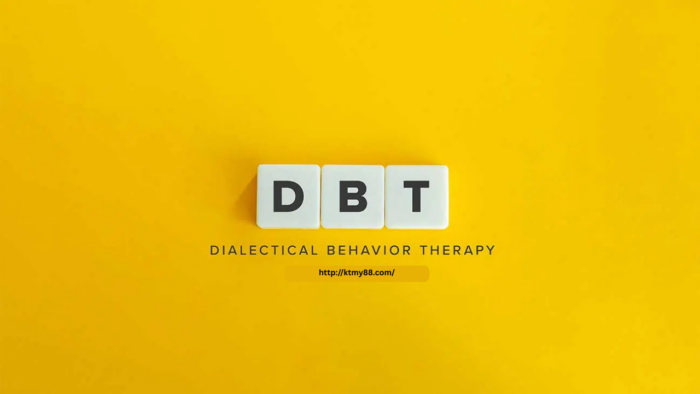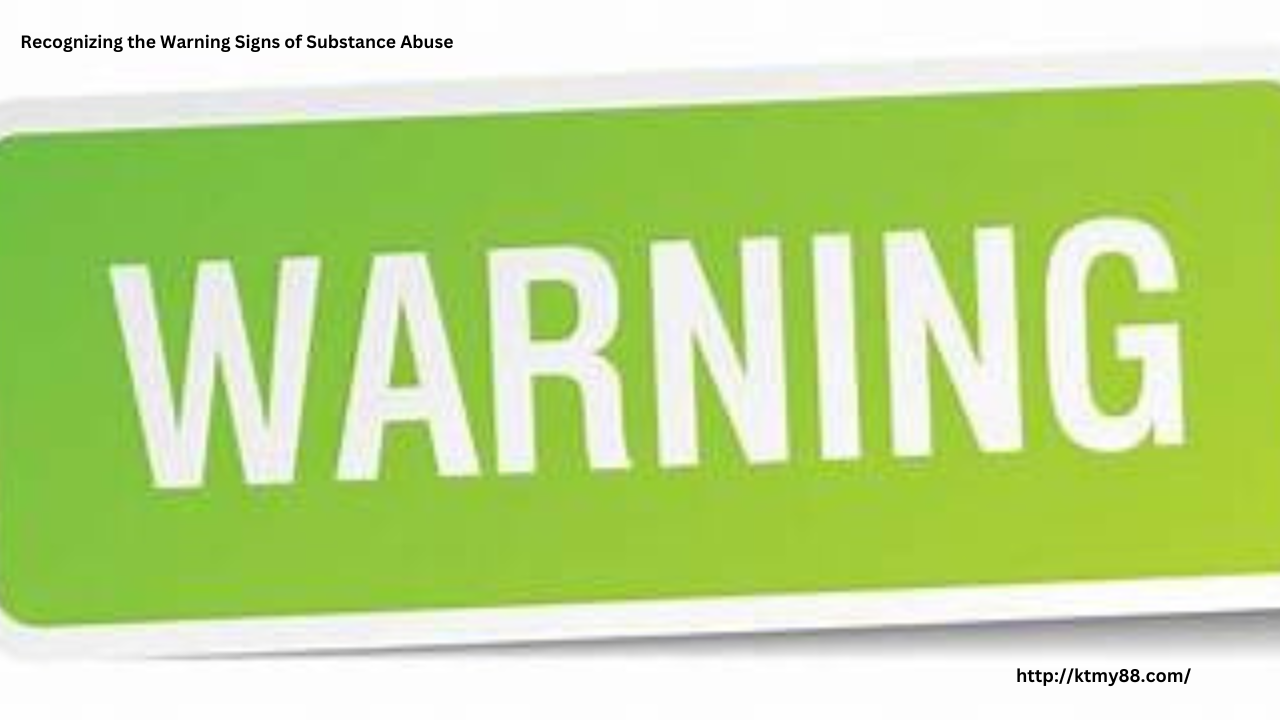
Substance dependence is a chronic condition that often requires a multifaceted treatment approach. Among the most effective strategies for treating opioid, alcohol, and other substance use disorders is Medication-Assisted Treatment (MAT). MAT combines the use of FDA-approved medications with counseling and behavioral therapies to provide a comprehensive, whole-patient approach to treatment. This method not only helps reduce withdrawal symptoms and cravings but also supports long-term recovery and improved quality of life.
What is Medication-Assisted Treatment (MAT)?
MAT is an evidence-based treatment that integrates medication with therapeutic support. It is most commonly used to treat opioid use disorder (OUD), alcohol use disorder (AUD), and, in some cases, tobacco use disorder. MAT is tailored to each individual’s needs and is administered under medical supervision.
The primary goal of MAT is to help individuals manage withdrawal symptoms, reduce cravings, and maintain recovery while also engaging in counseling and therapy. This dual approach addresses both the physical and psychological aspects of addiction, significantly improving the chances of long-term success.
Common Medications Used in MAT
- For Opioid Use Disorder:
- Methadone: A full opioid agonist that reduces cravings and withdrawal symptoms without producing a high when taken as prescribed.
- Buprenorphine: A partial opioid agonist that can reduce physical dependence and the potential for misuse.
- Naltrexone: An opioid antagonist that blocks the euphoric effects of opioids and discourages relapse.
- For Alcohol Use Disorder:
- Disulfiram (Antabuse): Causes unpleasant effects when alcohol is consumed, deterring use.
- Naltrexone: Also used for AUD, it helps reduce cravings and the pleasurable effects of alcohol.
- Acamprosate (Campral): Helps restore chemical balance in the brain and supports abstinence.
Benefits of MAT
Research has shown that MAT is highly effective in treating substance use disorders and reducing the risk of overdose. Benefits of MAT include:
- Reduced cravings and withdrawal symptoms, allowing individuals to focus on recovery.
- Improved retention in treatment programs, increasing the likelihood of sustained sobriety.
- Lower rates of relapse and overdose deaths, particularly in opioid addiction.
- Improved social functioning, including better employment and housing outcomes.
- Decreased risk of infectious diseases, such as HIV and hepatitis C, due to reduced injection drug use.
Addressing the Stigma
Despite its proven effectiveness, MAT is sometimes misunderstood and stigmatized. Some people mistakenly view it as replacing one addiction with another. However, when used under medical supervision and combined with therapy, MAT supports recovery by stabilizing brain chemistry and reducing the compulsive drive to use substances. Education and advocacy are crucial to overcoming this stigma and ensuring that more people can access life-saving treatment.
Conclusion
Medication-Assisted Treatment is a vital tool in the fight against substance dependence. By combining medications with behavioral therapy and support, MAT provides a holistic and effective approach to recovery. It not only helps individuals overcome physical dependence but also supports their journey toward lasting health and wellness. With greater awareness and access, MAT can continue to save lives and offer hope to those struggling with addiction.








